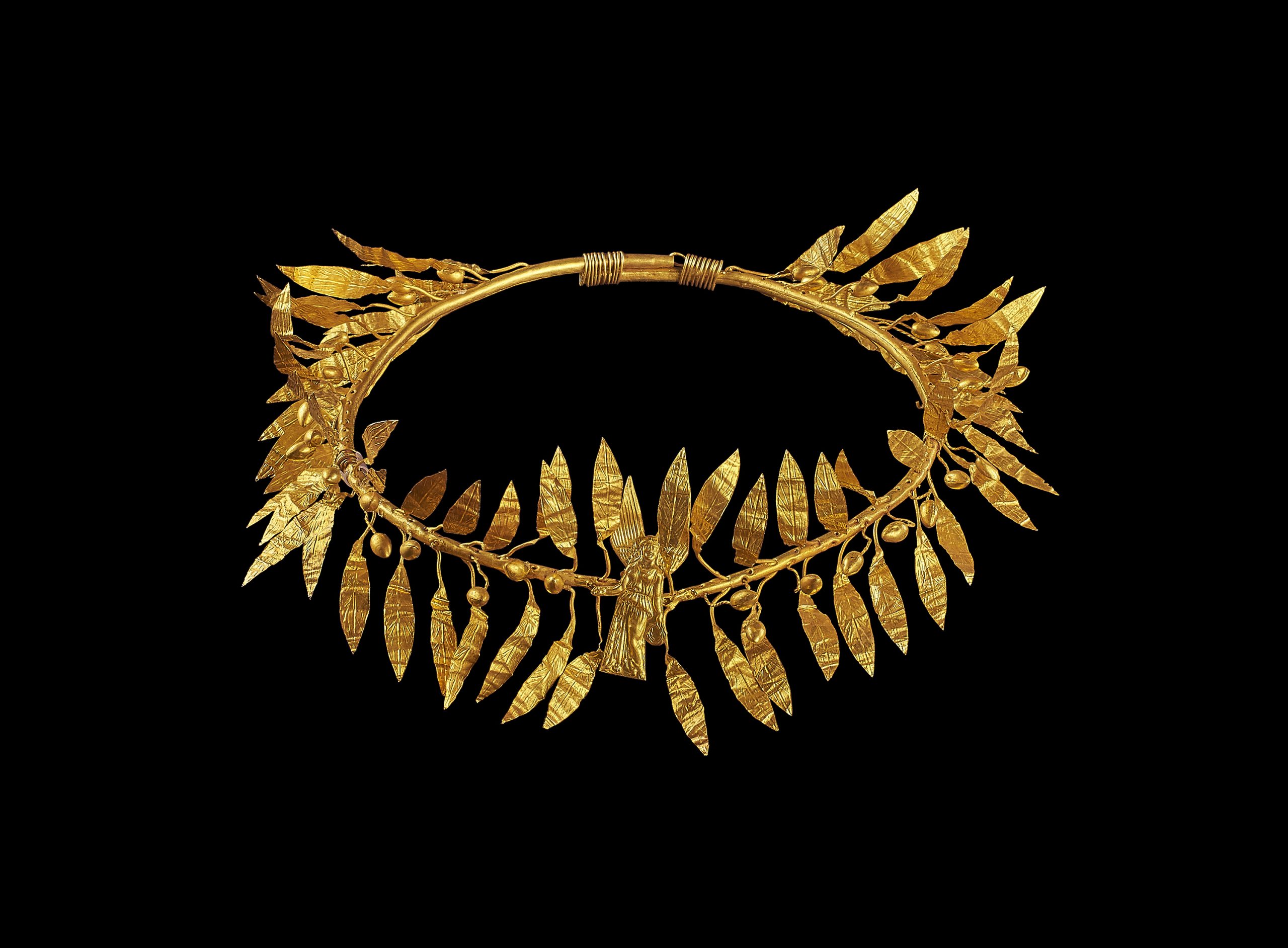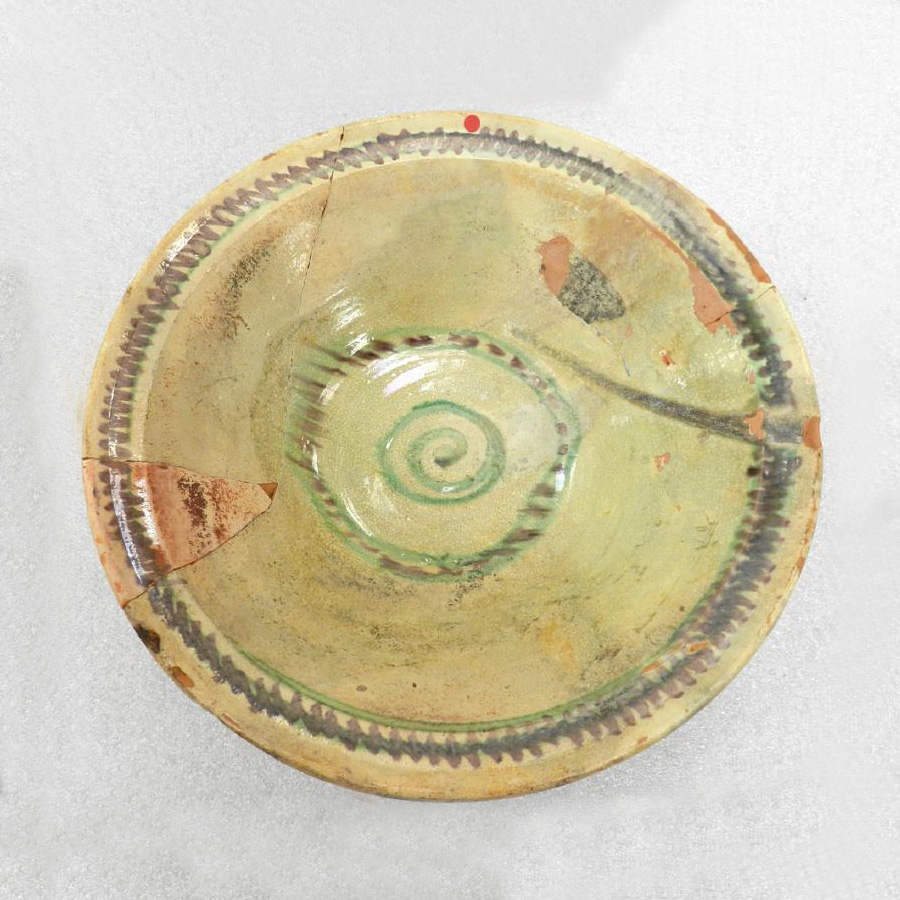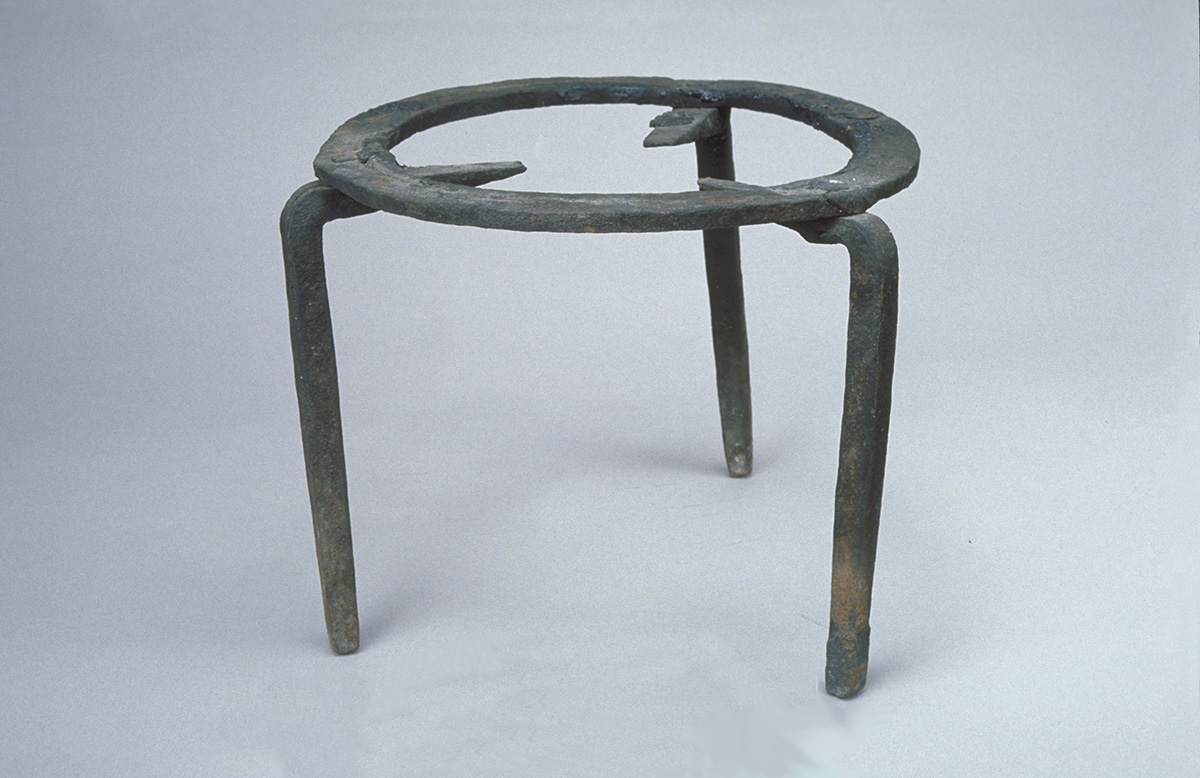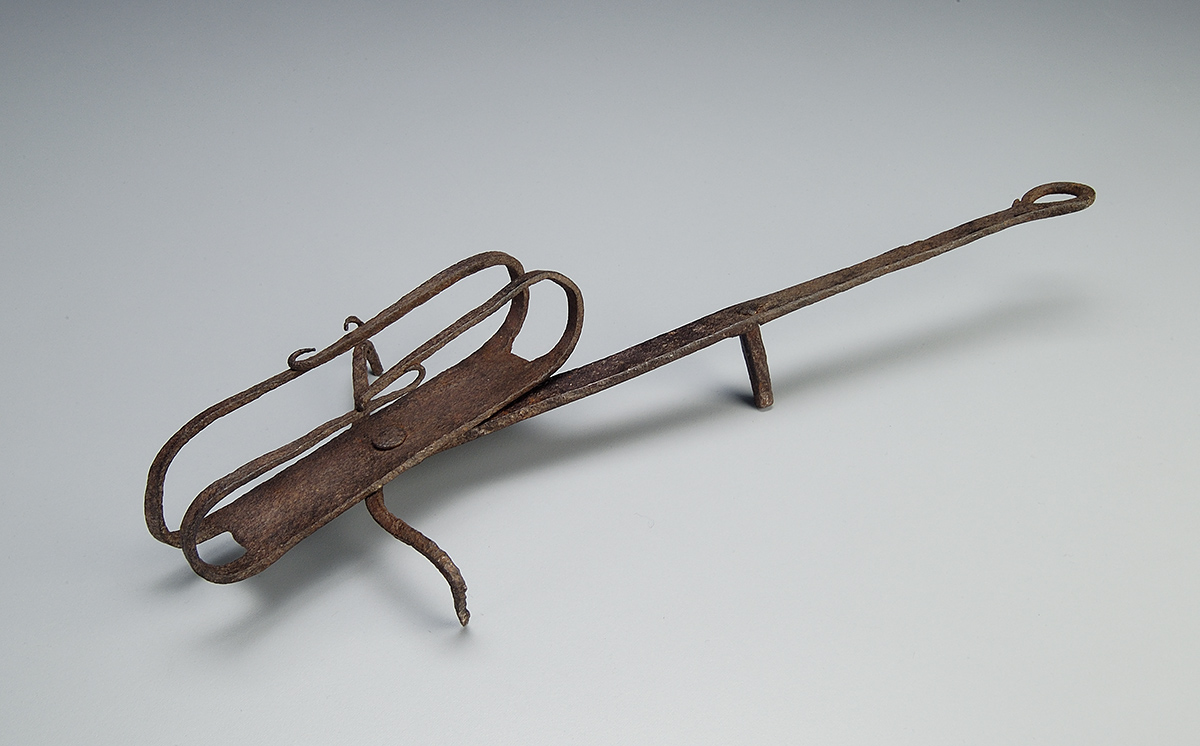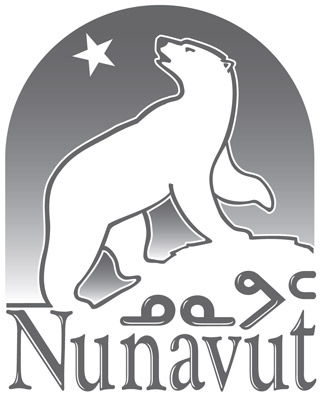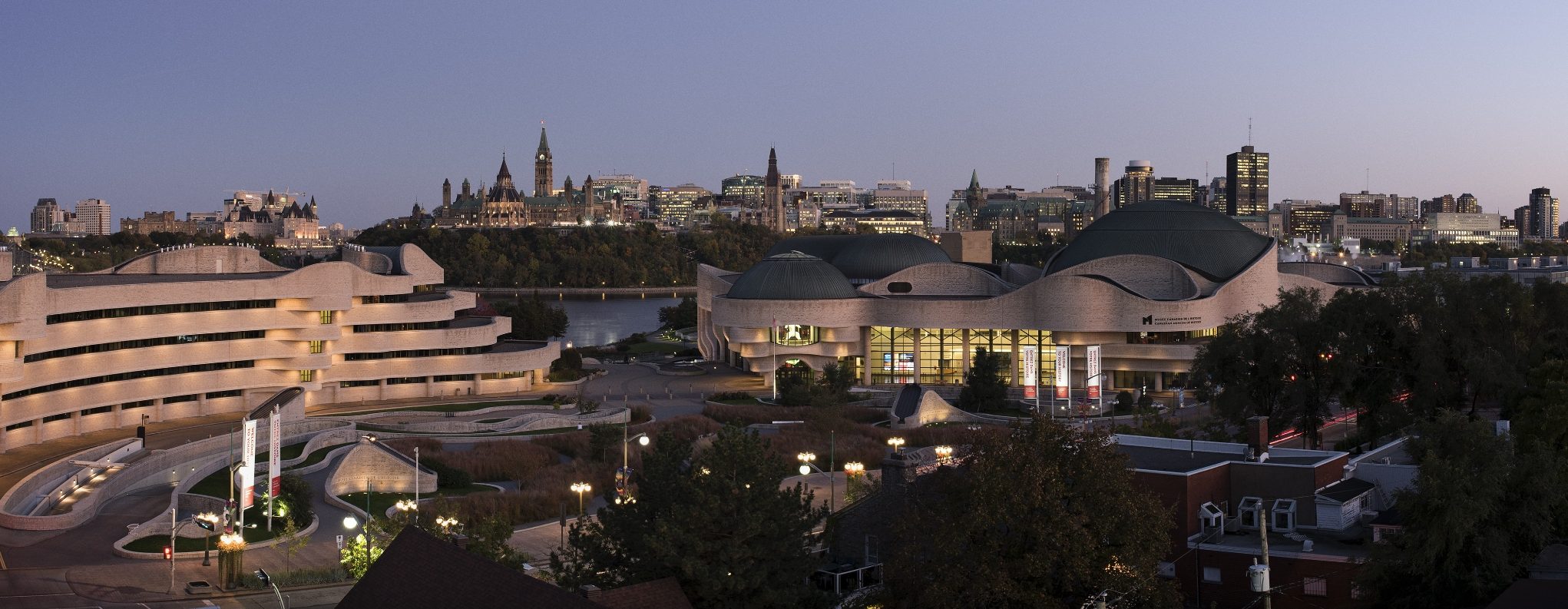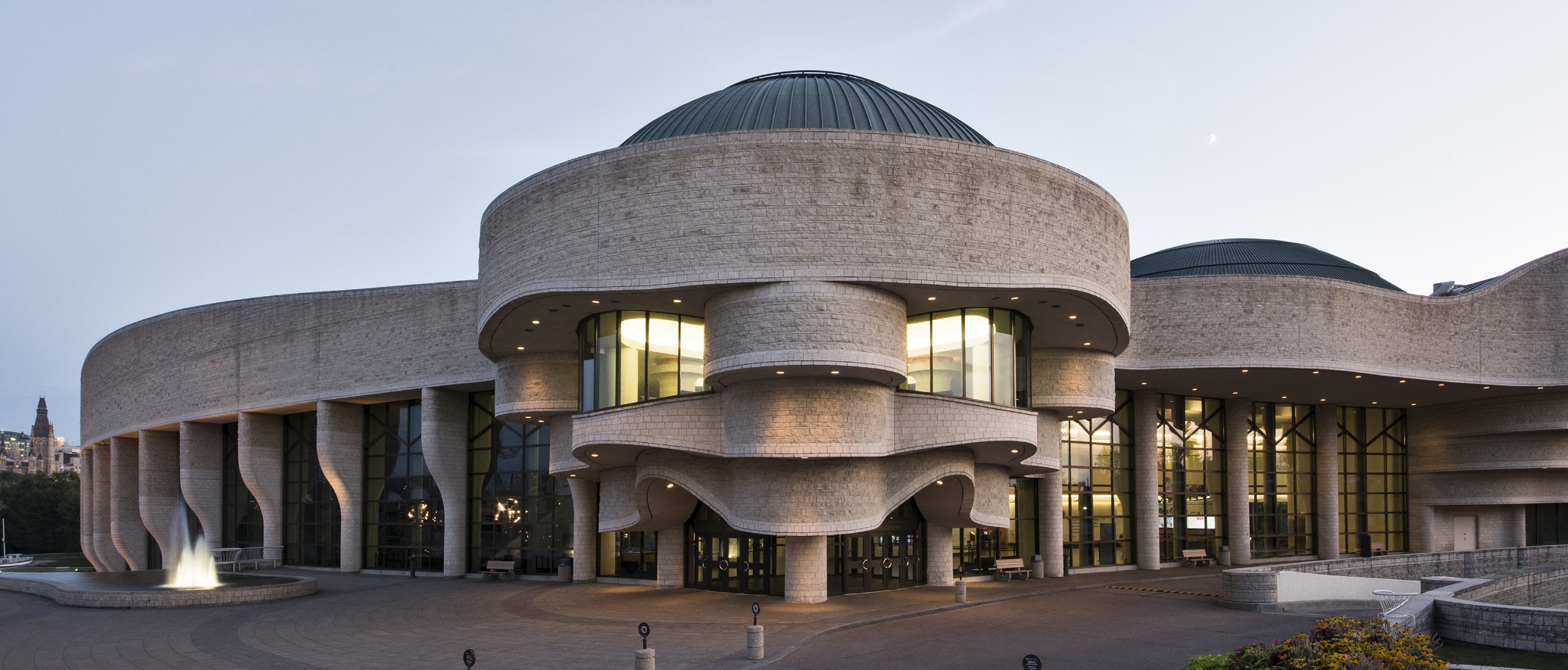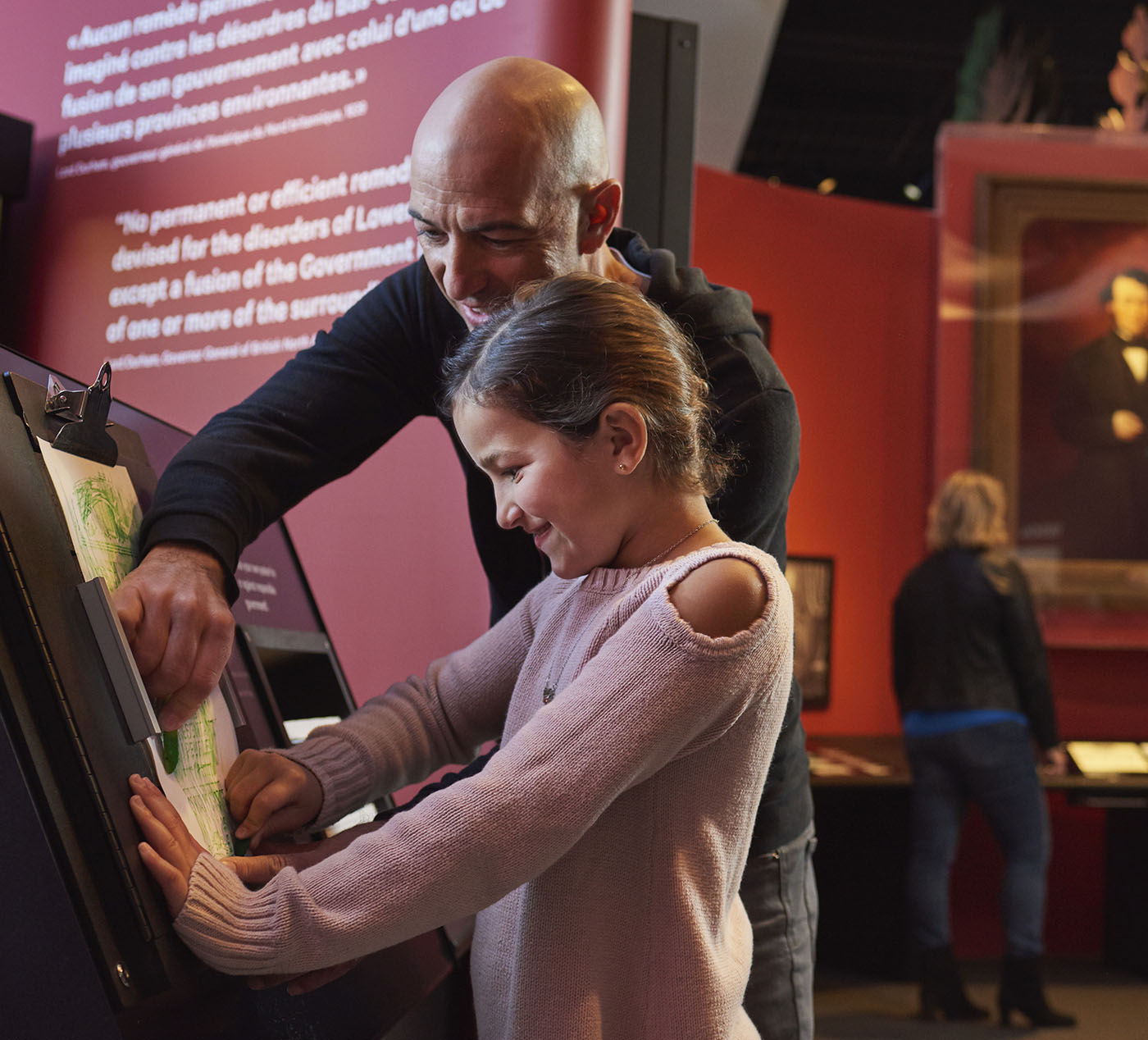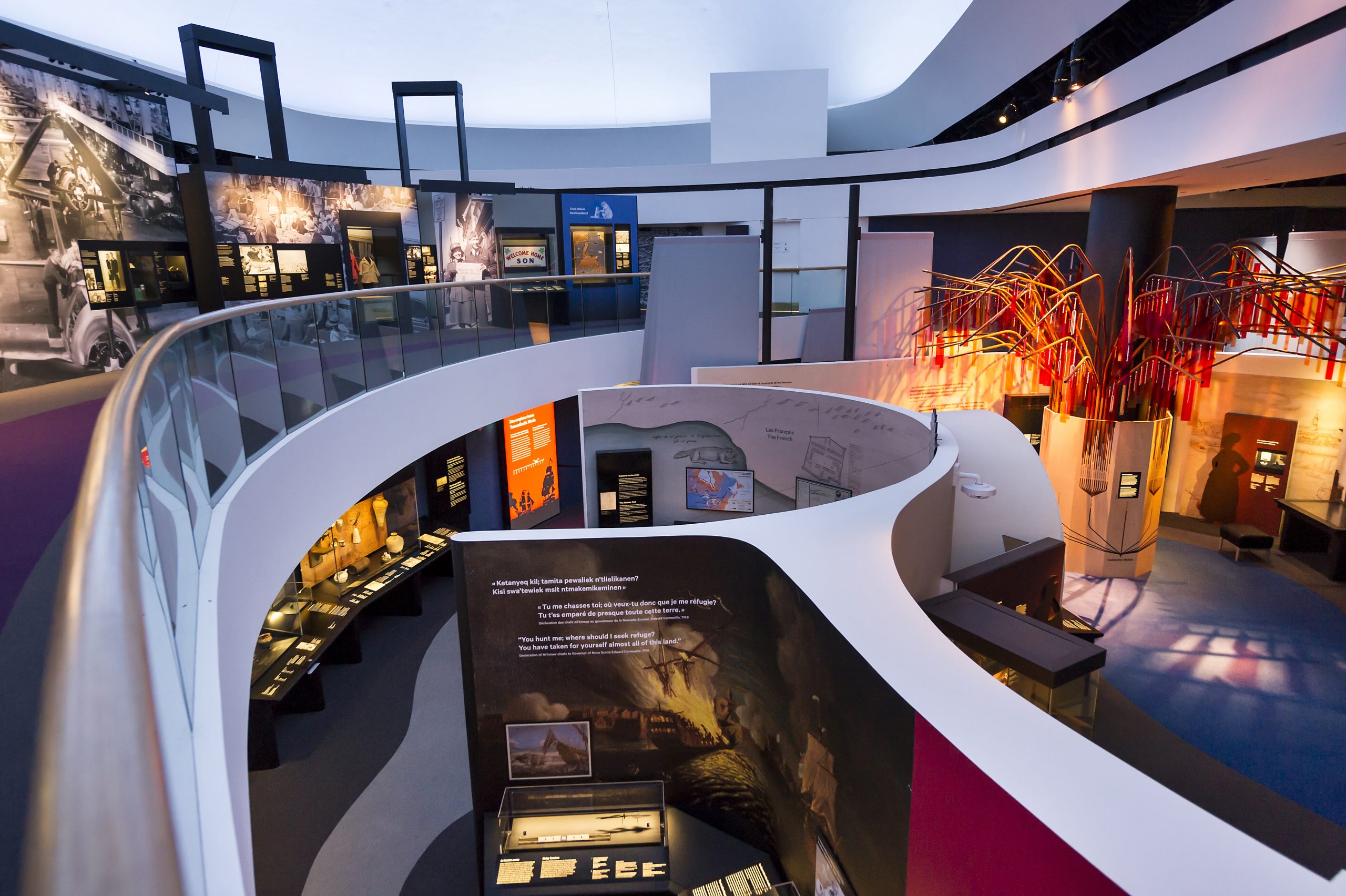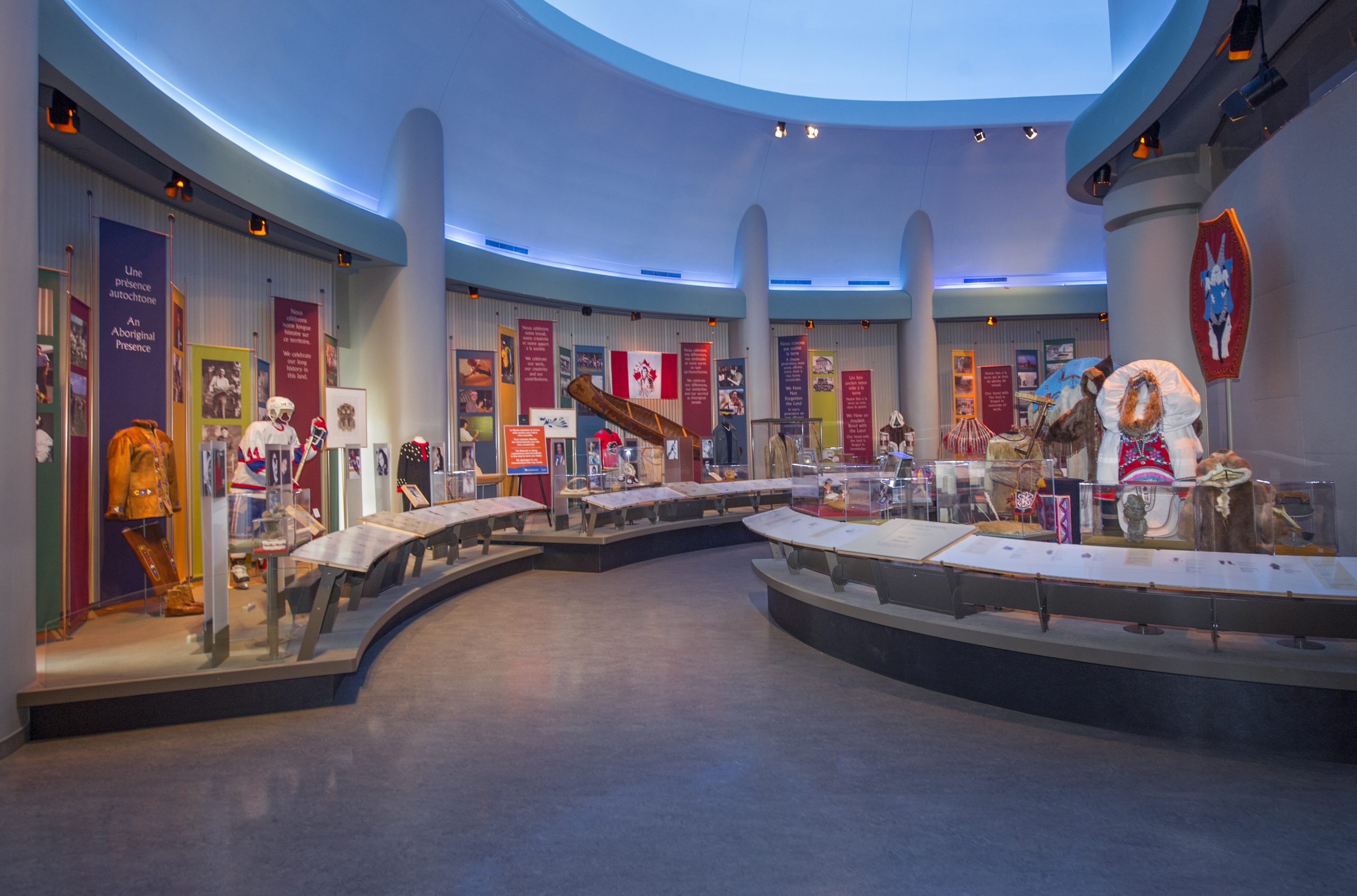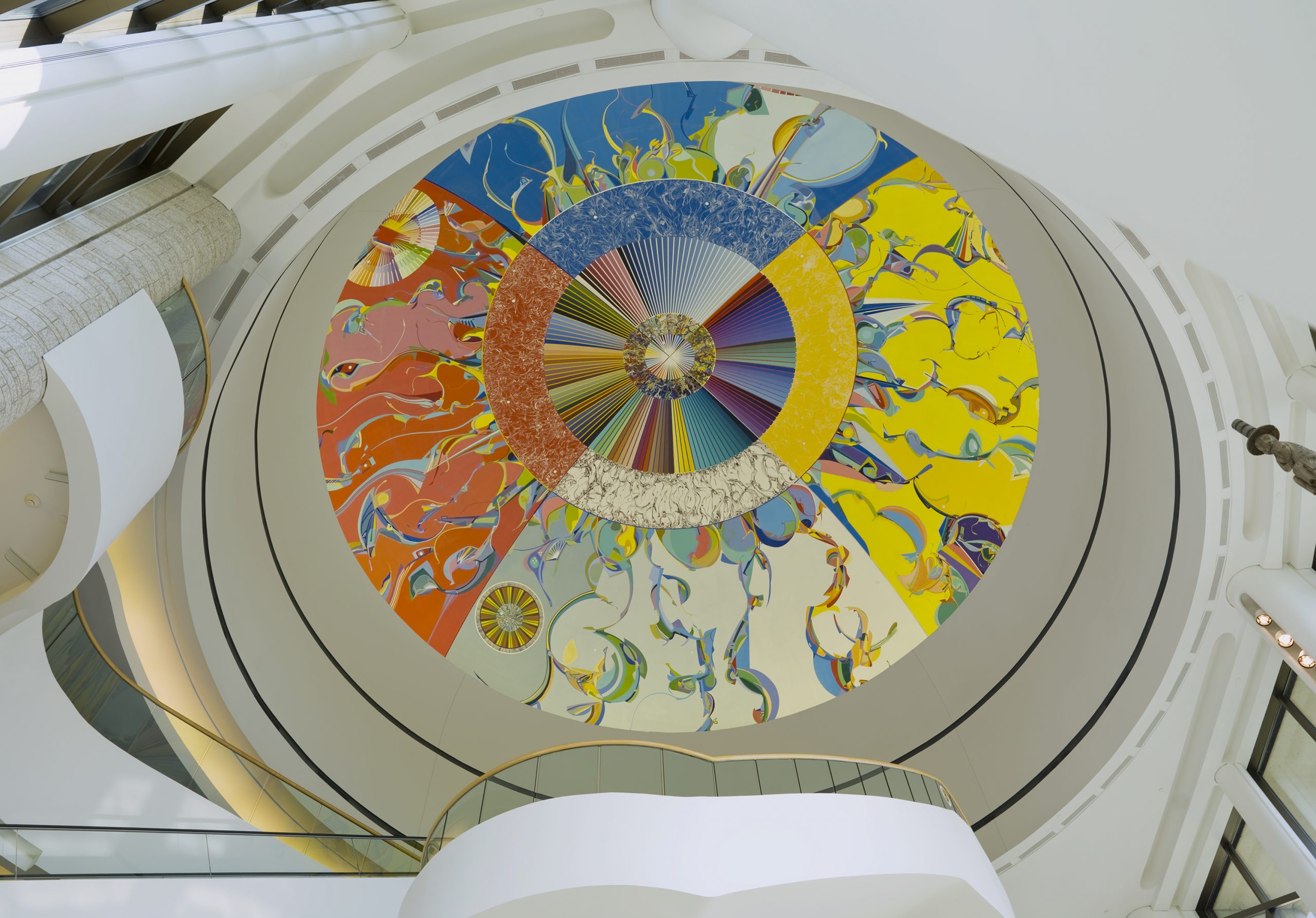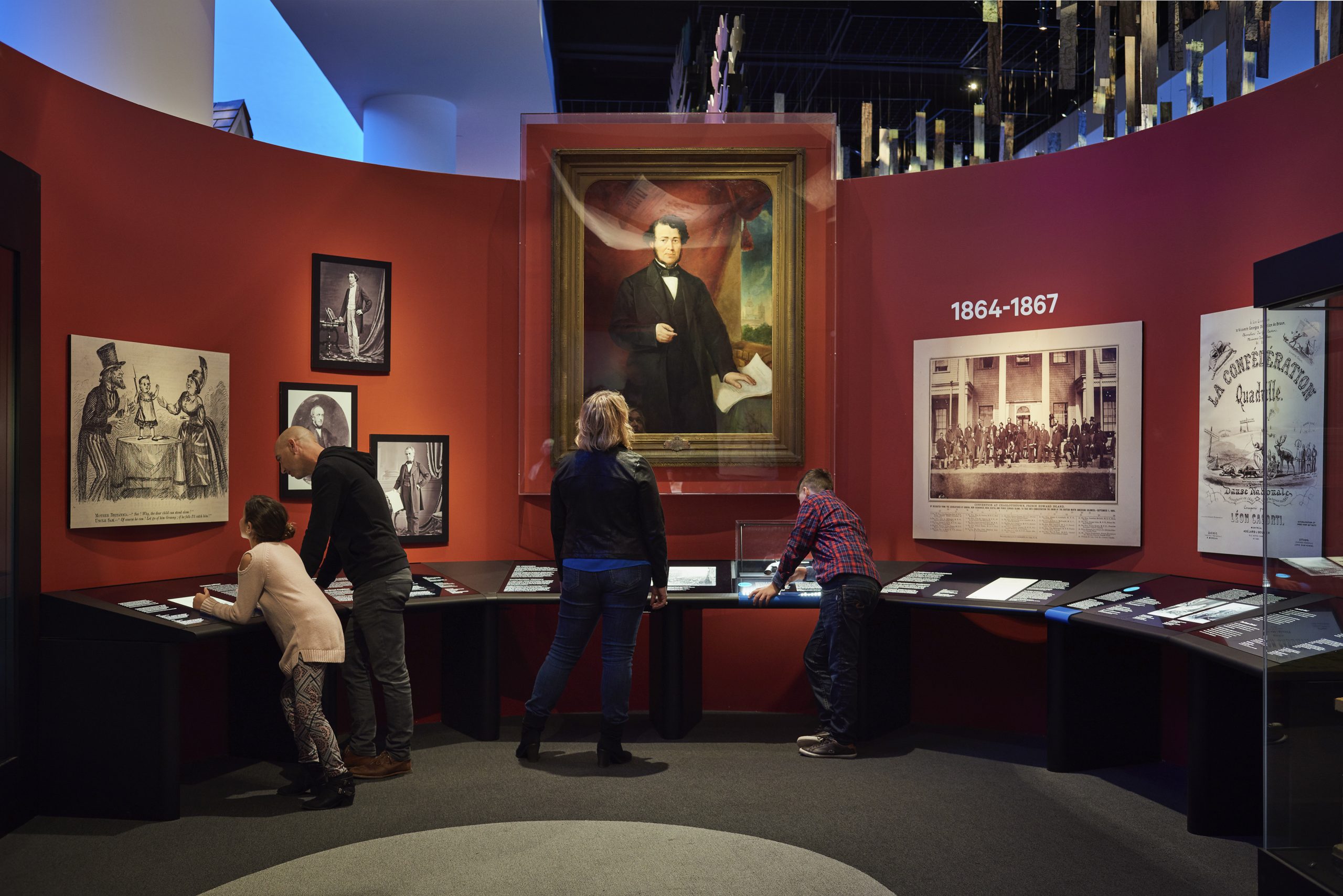subtitle - temporary - June 20, 2024 to January 19, 2025
Discover the origins of power and inequity in ancient Europe.
First Royals of Europe takes visitors on an epic journey spanning 6,500 years — from the Neolithic Age to the end of the Iron Age and the dawn of empires — when precious metals were first smelted into copper axes, bronze swords, and silver and gold jewellery, and warriors built armies to rule the masses.
For the first time in Canada, more than 700 rare and exquisite objects from 26 institutions across southeastern Europe have been brought together to explore how individuals grew their power by amassing wealth and controlling trade, rituals, ceremonies and warfare.
First Royals of Europe is a presentation of the First Kings of Europe project, organized by the Field Museum in Chicago.
This exhibition has been made possible in part by a major grant from the National Endowment for the Humanities: Democracy demands wisdom. Any views, findings, conclusions or recommendations expressed in this exhibition do not necessarily represent those of the National Endowment for the Humanities.
June 2012 will mark 200 years since the declaration of the War of 1812 — a war that saw Aboriginal peoples, local and volunteer militias, and English- and French-speaking regiments fight together...”
The Americans were in high spirits, and when I said I was Canadian, one of the officers laughed and said, “You'll soon be under the Yankey government, my boy.””
On our way down here, Senator Frist was kind enough to show me the fireplace where, in 1814, the British had burnt the Congress Library. I know this is, kind of, late, but sorry.”
And the star-spangled banner in triumph doth wave, O’er the land of the free and the home of the brave.”
No permanent or efficient remedy can be devised for the disorders of Lower Canada, except a fusion of the Government in that of one or more of the surrounding Provinces.”
Those [in Canada] who had been awarded the Croix de Saint Louis were as highly esteemed as lieutenant-generals and Knights of the Holy Spirit in France.”
Barring a Catastrophe shocking to think of, this Country must to the end of Time be peopled by the Canadian race.”
Before the white man was first seen in this island, the Indian head-chief . . . spoke to his people, saying, ‘Look out! Something is coming across the waters . . . Its body is white and its eyes are b”
Video Module
Welcome to your history
Visit the stunning Canadian History Hall to explore the world’s largest and most comprehensive exhibition on Canadian history.
Media Grid Module
You may also be interested in
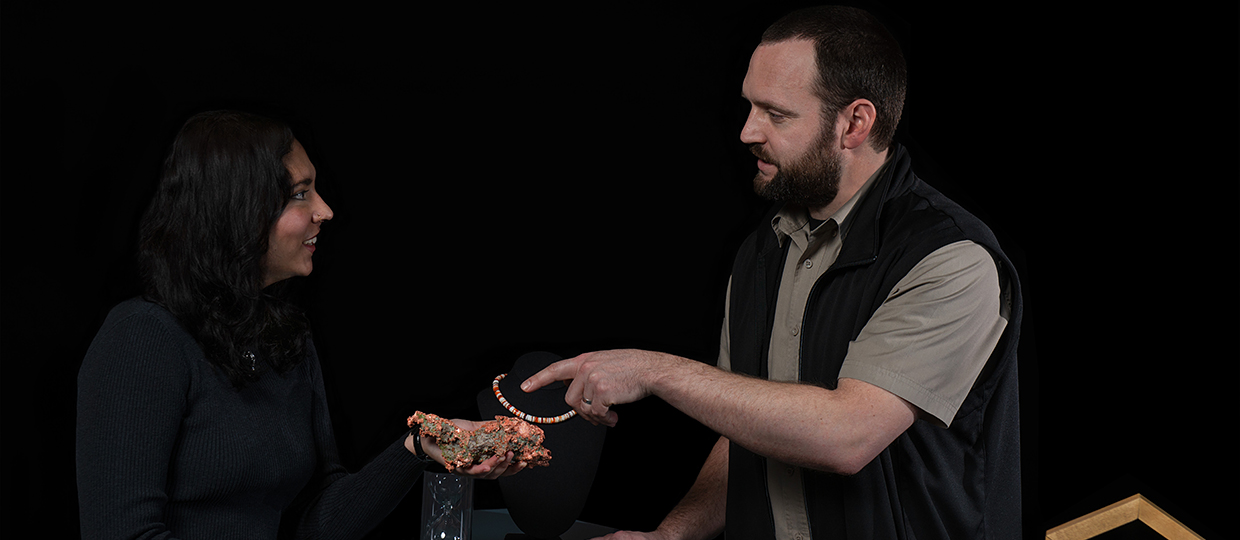
Event
Copy – METAL MASTERS — Trivia Game (SH)
Tickets:$130; $115 for Members.
Get your tickets online or by phone at 819-776-7000.
Tickets must be purchased in advance by February 5, 2020, and you must be at least 18 years of age to attend.

Blog
Copy – Enjoy Reading Your Kudos! Newsletter – Summer 2023 (SH)
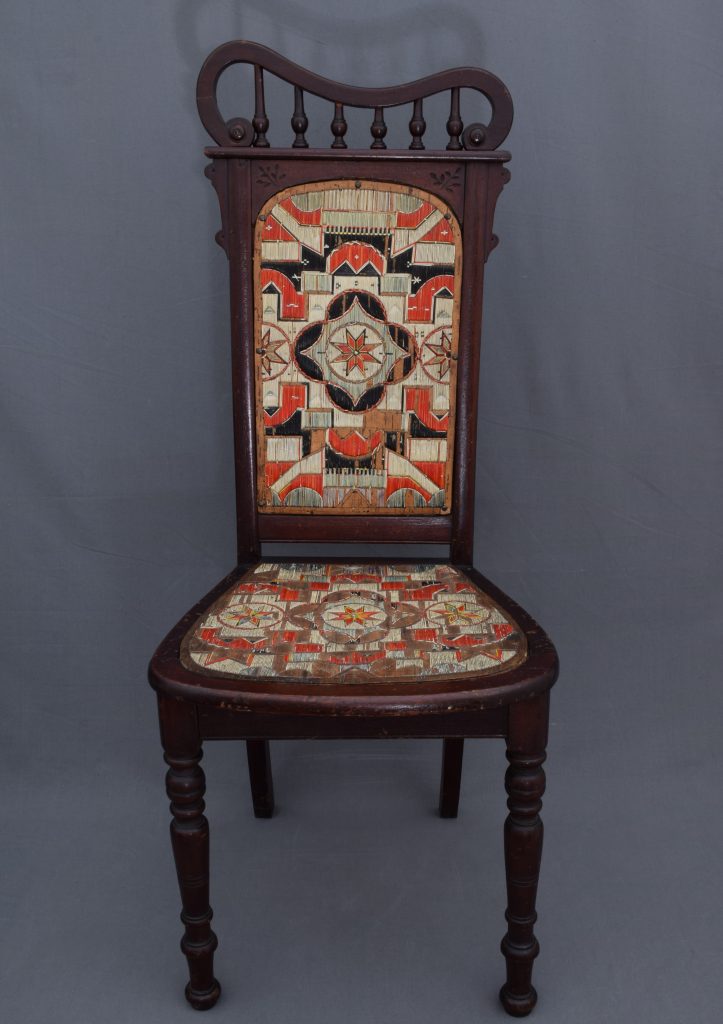
Blog
Copy – Exploring Museum Collections Behind the Scenes (SH)
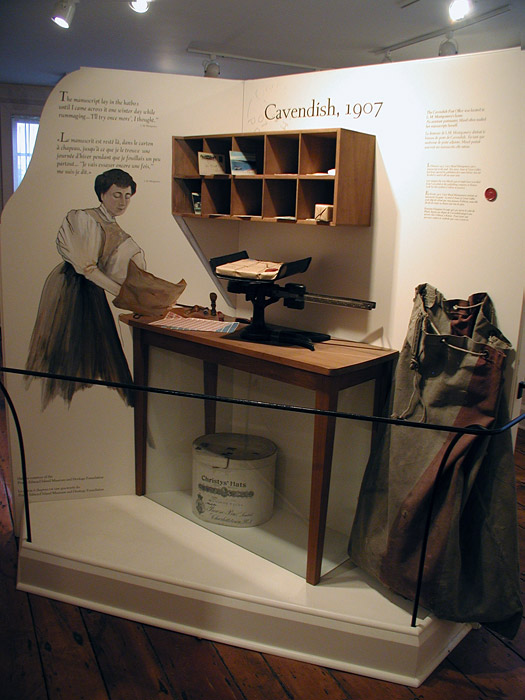
Exhibition
Copy – The Ones We Met – Inuit Traditional Knowledge and the Franklin Expedition (SH)
A travelling exhibition developed by the Canadian Museum of History, in collaboration with the Inuit Heritage Trust
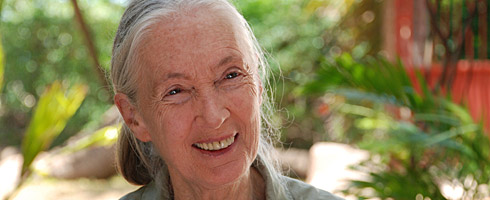
CINÉ+
Copy – Jane Goodall – Reasons for Hope (SH)
$24 plus tax
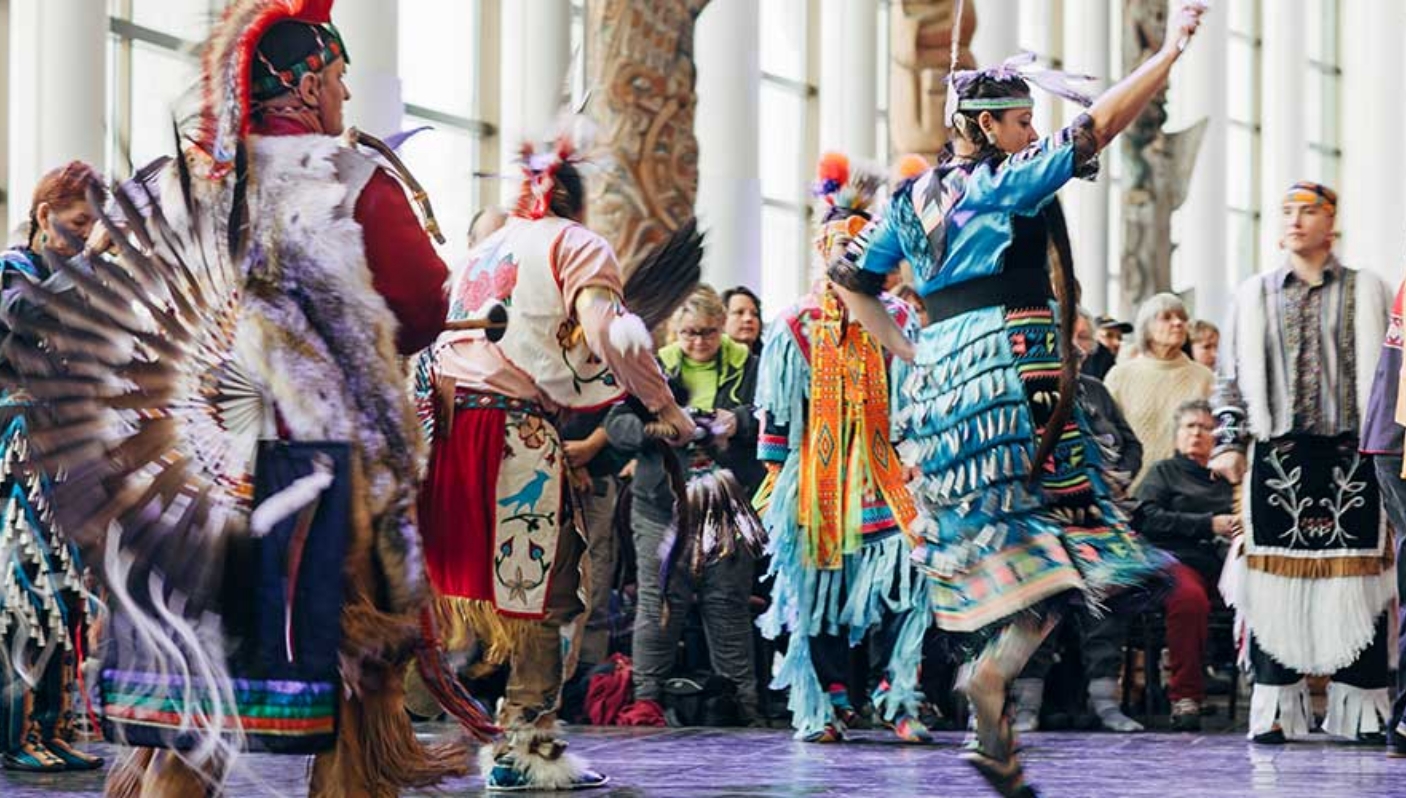
Copy – Blog (SH)

Copy – CINÉ+ films (SH)
Excerpt EN - CINÉ+ takes you on an exciting journey through culture and history.XX

Copy – Children’s Museum (SH)
This is the CCM excerpt (EN). TEST2
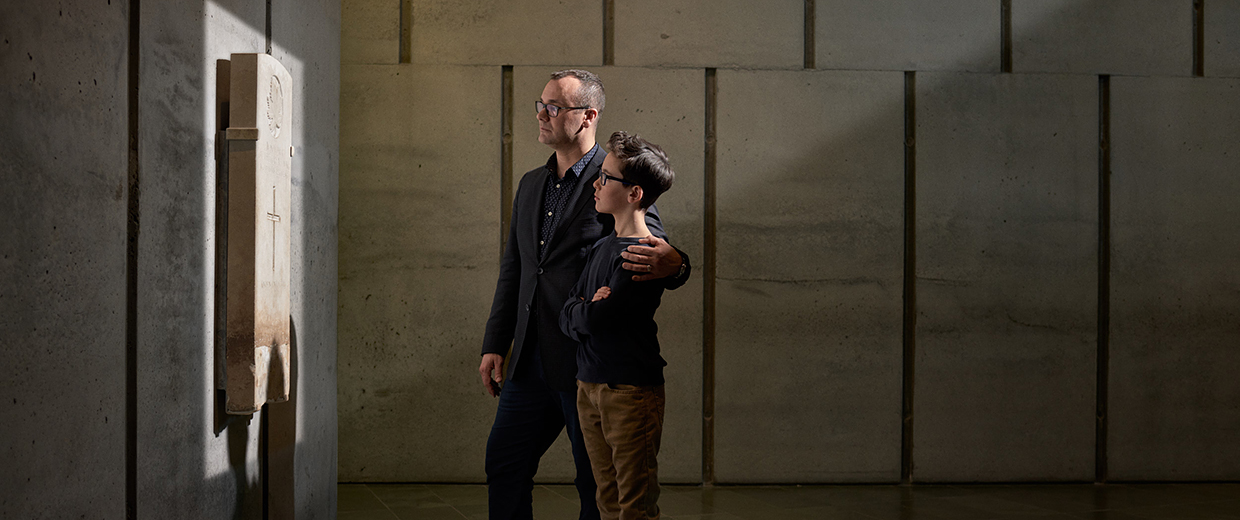
Event
Children’s Museum Tour – Example Event for Sandra
$25.00 plus tax
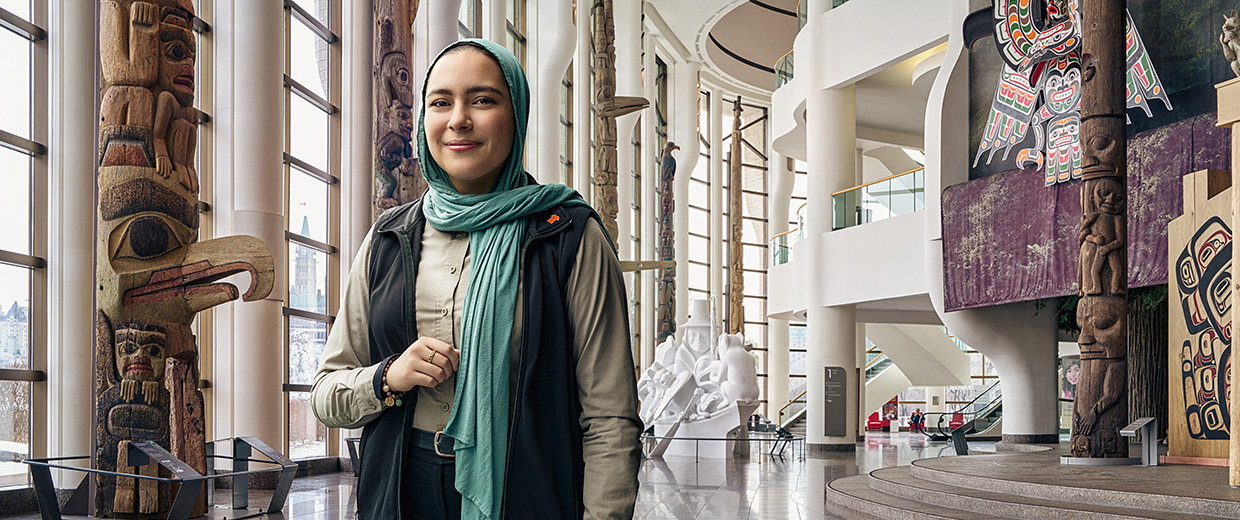
Event
Copy – Members Only: History of Canada Tour (SH)
May 6–10, 2024
Free
Logos Module - H2
Logos Module - H3
With support from
Featured Event / Resource Module 2
TEST EXCERPT - Give winter a big welcome with our white-themed crafts.
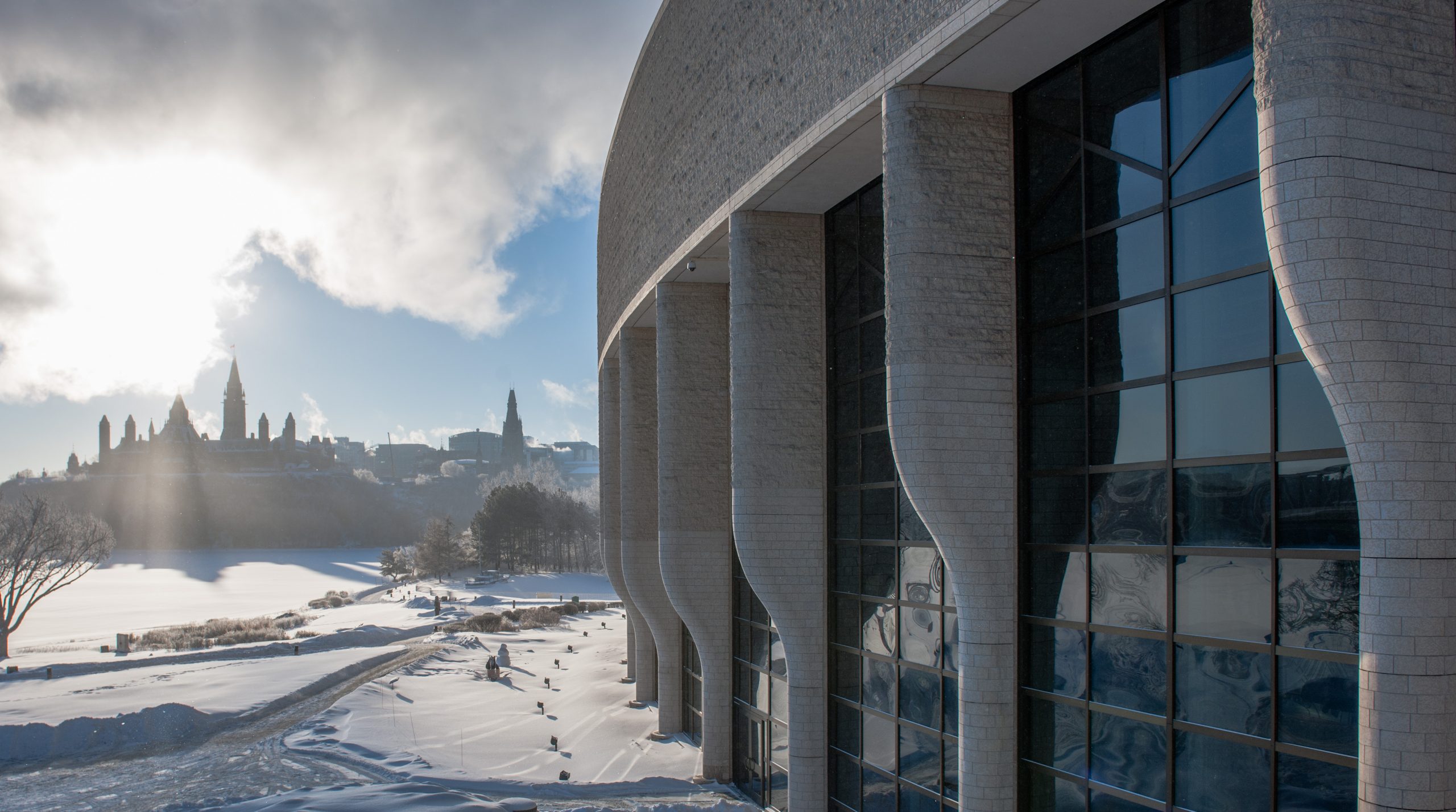
Featured Event / Resource Module 1
Children’s Museum Tour – Example Event for Sandra
Sample Excerpt for Public Tours
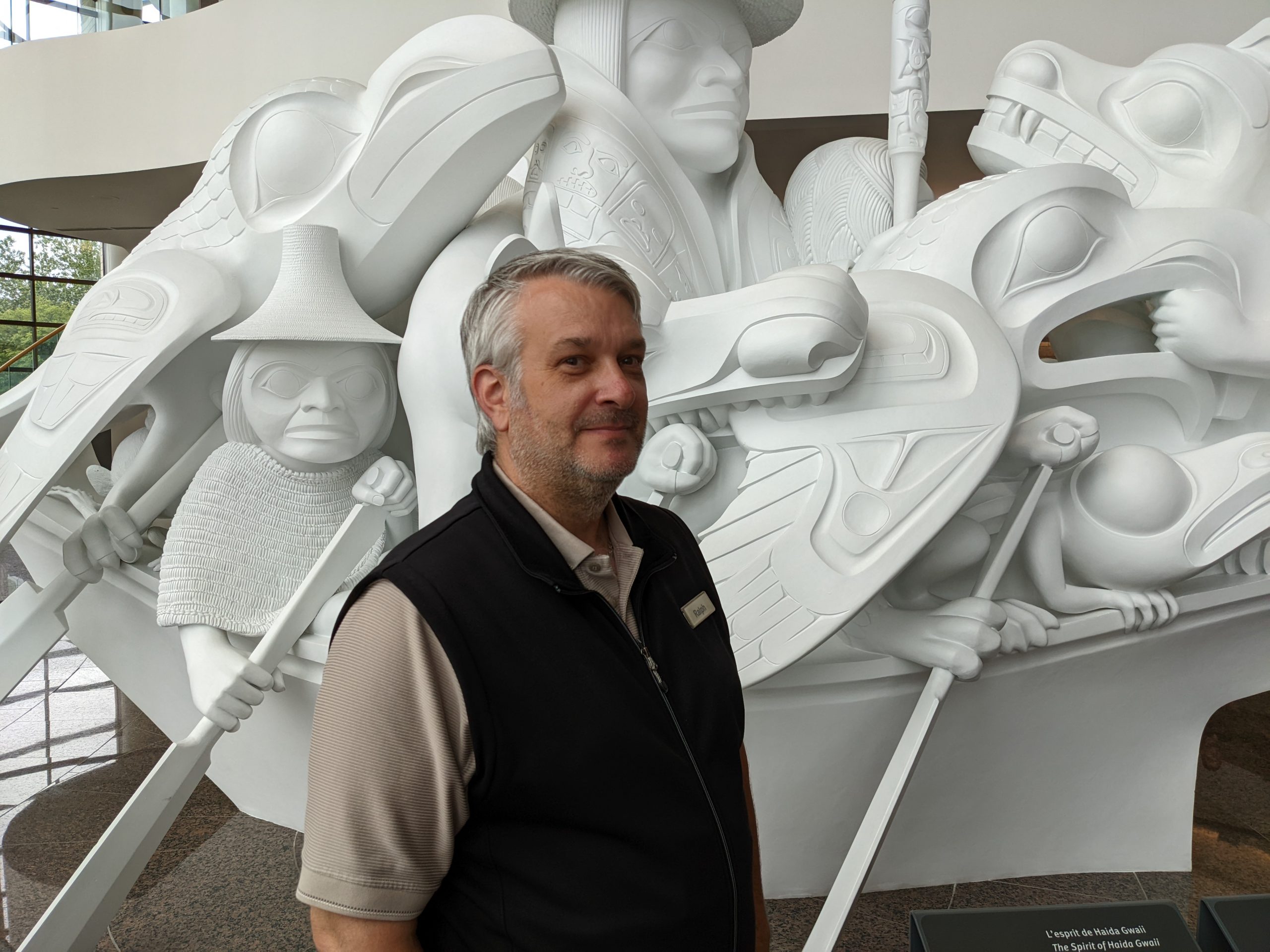
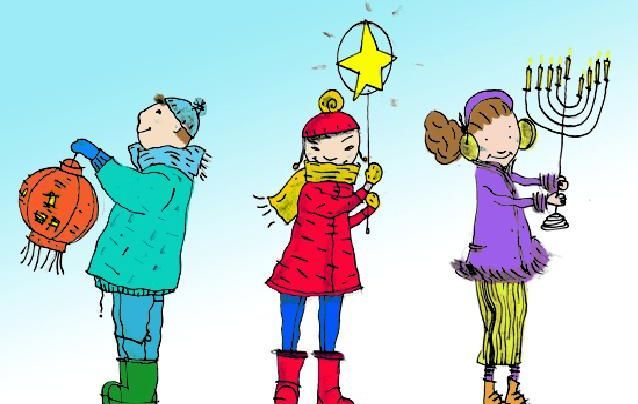
Children Celebrating
© Canadian Museum of History
Primary
Secondary
Tertiary
Quaternary
12 celebrations are featured with related activities, in addition to artifacts and props, video and audio productions, and take-home activities.
This lively exhibition helps children discover the importance and diversity of celebrations in Canada. It provides them with a stimulating exploration of the celebrations that bring families together, and gives children a sense of belonging and caring for others. Visitors can explore 12 celebrations through the seasons – from large groups of people gathering for a day of festivities, to special moments in children’s everyday lives. The associated activities provide young visitors with opportunities to be creative, solve problems, and take on new roles.
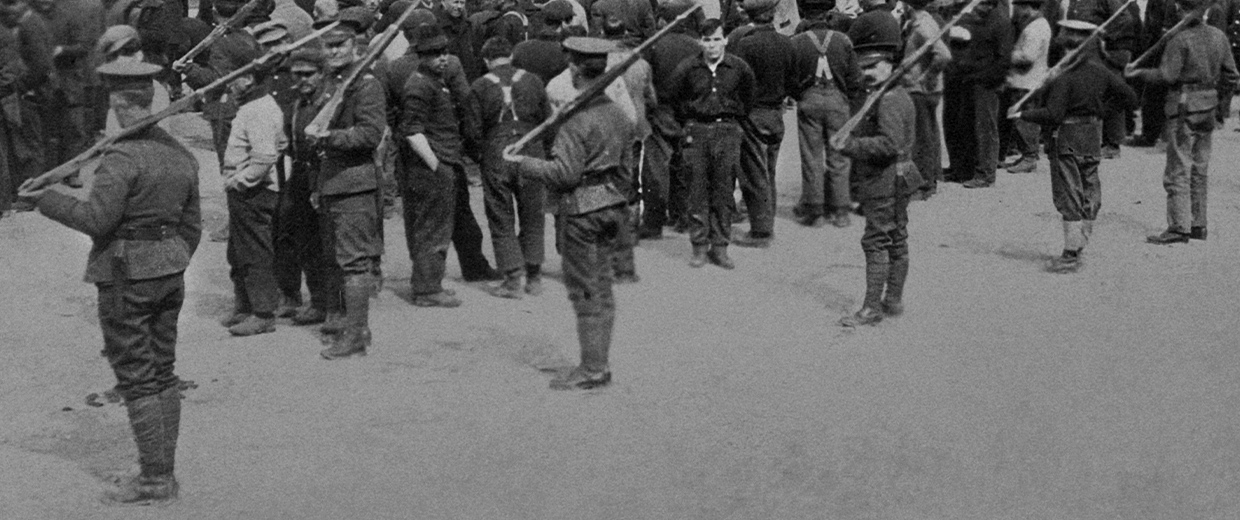
The Department of Militia and Defence provided two thousand guards to oversee internee work units.
Glenbow Archives, NC-54-4336 Archives and Special Collections, University of Calgary
Primary
Secondary
Tertiary
Quaternary
34 graphic panels printed on fabric and mounted on free-standing structures.
A five-minute video of interviews with people affected by the War Measures Act, with comments by the exhibition curators.
What happens when personal freedoms come into conflict with national security?
Exploring the suspension of civil liberties in Canada during the First World War, the Second World War, and the 1970 October Crisis, Lost Liberties — The War Measures Act sheds new light on the enduring impact of the Act on Canada and its people.
The travelling exhibition examines the internment of Canadians of Ukrainian origin and other nationalities during the First World War, the internment of Italian Canadians and the internment and forced relocation of Japanese Canadians during the Second World War, and the arrest of hundreds of people in Quebec during the 1970 October Crisis.
Lost Liberties probes the crises that drove these tragic events, and features poignant first-hand accounts from the men, women and children who lived through them.
Content Module - 3 column
Secondary - 1812
Tertiary - The Canadian War
Quaternary
For Canadians, the War of 1812 was the successful defence of a small colony against attack by a much larger neighbour.
Canadians endured repeated invasions and occasional occupations, but each invasion ultimately ended with an American withdrawal. The Royal Navy and British Army supported by Canadian regulars, Canadian militia, and First Peoples warriors, successfully defended Canada. Isaac Brock, Charles de Salaberry, Laura Secord, and Tecumseh became, and remain, iconic Canadian figures. The successful defence of Canada allowed British North America to evolve into an independent transcontinental country.
Secondary - 1812
Tertiary - The Native American War
Quaternary
For Native Americans, the War of 1812 was a desperate struggle for freedom and independence.
Native Americans became involved in the conflict to secure British support for their own war against the United States. Led by Tecumseh, they played a key role in defending Canada. However an American victory at the battle of the Thames in October 1813 led to Tecumseh’s death and the break-up of his Native American coalition. For Native Americans, the outcome of the war was a catastrophe – they were never again able to find external allies or threaten to roll back the American frontier.
Secondary - 1812
Tertiary - The British War
Quaternary
In 1812, Britain sought to defend Canada without compromising its war against Napoleonic France.
When the British look back at the early nineteenth century, they remember the Napoleonic Wars, not the War of 1812. To support the war with France, the British forced sailors from American ships to join the Royal Navy and attempted to control American trade with French-occupied Europe. When the United States responded by declaring war, Britain defended Canada and blockaded American ports, but never lost sight of its primary goal: defeating Napoleon.

Street Sweeper

Bottle Washer
Contact Us

Contact us
Timothy P. Foran
Curator, British North America
Canadians endured repeated invasions and occasional occupations, but each invasion ultimately ended with an American withdrawal. The Royal Navy and British Army supported by Canadian regulars, Canadian militia, and First Peoples warriors, successfully defended Canada. Isaac Brock, Charles de Salaberry, Laura Secord, and Tecumseh became, and remain, iconic Canadian figures. The successful defence of Canada allowed British North America to evolve into an independent transcontinental country.
The United States declared war against Great Britain in June 1812 in response to British encroachments on American sovereignty. While American forces failed to conquer Canada, they captured several British frigates and won defensive battles against British invasions of the United States. Americans have come to view the war as a “nation-building” experience. It won international respect for their power and sovereignty, inspired their national anthem and sanctified their national flag.
When the British look back at the early nineteenth century, they remember the Napoleonic Wars, not the War of 1812. To support the war with France, the British forced sailors from American ships to join the Royal Navy and attempted to control American trade with French-occupied Europe. When the United States responded by declaring war, Britain defended Canada and blockaded American ports, but never lost sight of its primary goal: defeating Napoleon.
The King’s government … [has] most unequivocally expressed to me their desire to preserve peace with the United States, that they might, uninterrupted, pursue with the whole disposable force of the country, the great[er] interest in Europe.
— George Prevost, British, Governor General of Canada, 1812
Nous avons certainement gagné [la guerre de 1812]. Parce que, si ça n’avait pas été le cas, nous utiliserions des huards et des pièces de deux dollars au lieu de billets américains, n’est-ce pas?
Une chance s’offrait à nous; oui, une chance comme il n’en viendrait jamais d’autre, pour nous, les Premiers Peuples d’Amérique du Nord; une chance de nous rassembler dans une formidable combinaison et de nous joindre aux Britanniques dans cette guerre.
And the star-spangled banner in triumph doth wave, O’er the land of the free and the home of the brave.
